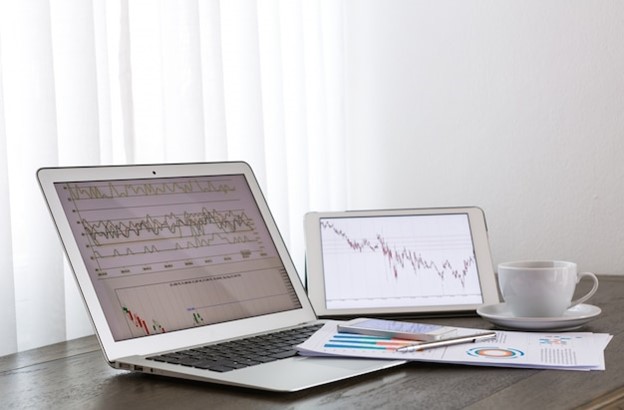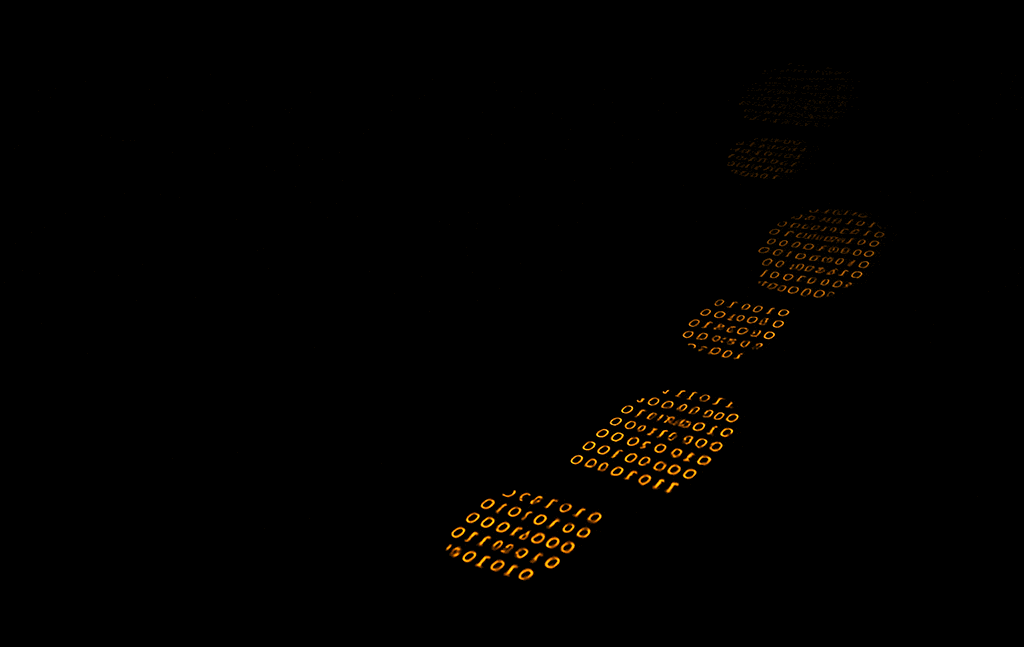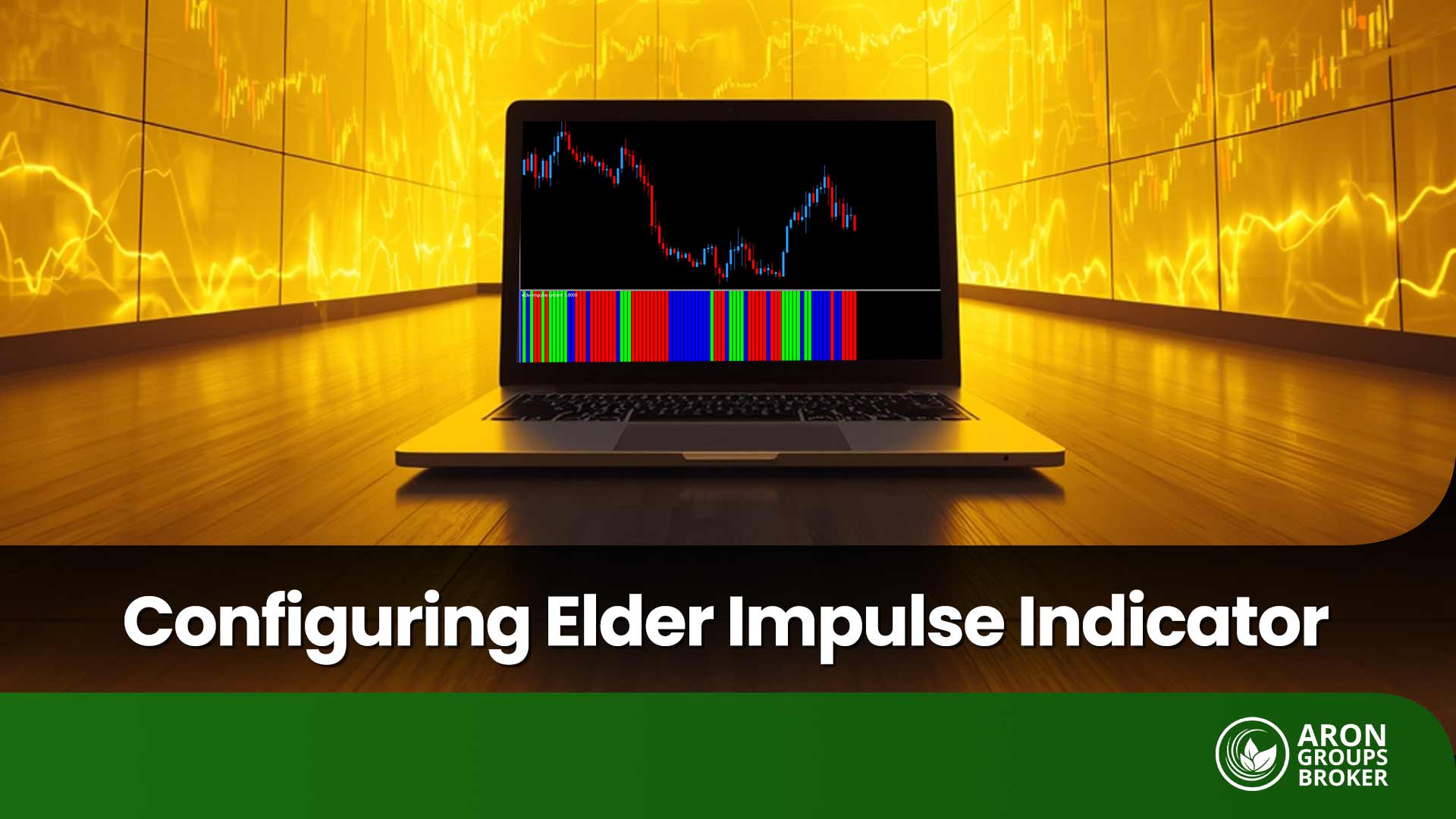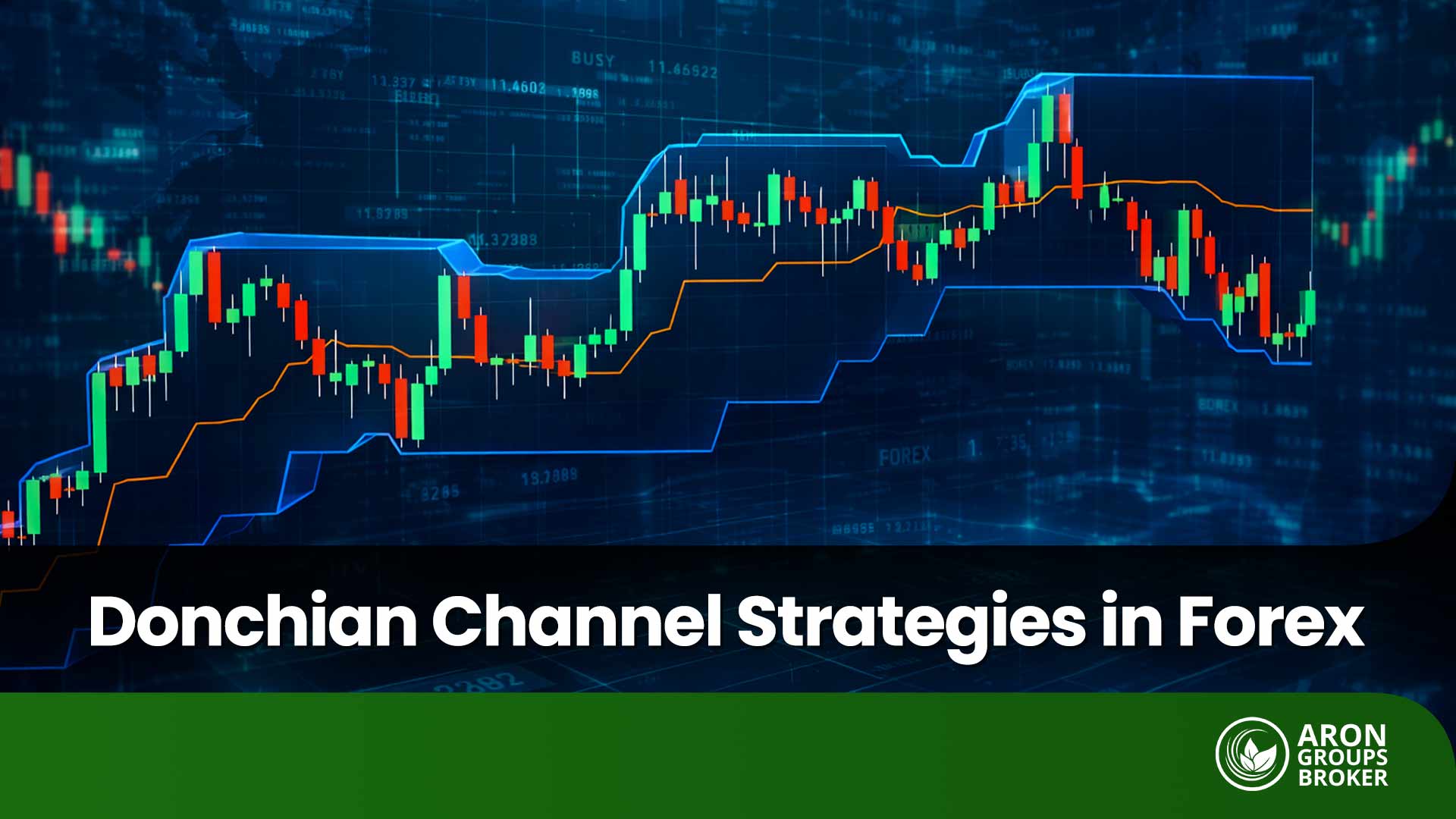Choosing the perfect restaurant surgery determines the outcome of your trading experience when dealing with Forex. Forex is a volatile and vast Market open 24 hours a day, five days a week. Market participants try to profit from price changes during the trading day. Other traders prefer to open a few trades in a risk-free market. It would help if you determined your style and strategy to become a consistent, profitable trader. It is pretty challenging to determine a specific strategy for different occasions. As you know, no one-size-fits-all strategy exists, and you cannot use one strategy forever. Sometimes, you need to modify or change your strategy to a new one and choose a strategy that best suits your trading style.
Scalping and day trading are two of the best riding styles. In the following, we will discuss the difference between scalping and day trading strategy to help you choose the one that suits your needs and priorities. We will explain these two strategies in depth, and we will point out the main differences between them. In the end, we will provide you with an overall conclusion. Stay tuned.
Table of Contents
What is scalping?
The first thing to do to understand the difference between scalping and day trading is to provide you with a definition. If you look at the term scalping in dictionaries, you will find no answer. To define the term scalping, you need to dig deeper into Forex Trading techniques. Scalping is a trading technique of placing short-duration trades that won’t last more than a few seconds or hours.
A trader using this strategy is called a scalper, who typically submits several and sometimes hundreds of trades in a single Forex Trading session.
Scalpers prefer to make a small profit from a large number of trades. In this case, the trader aims to make incremental gains in a trading day. Using this strategy, you will be focusing on making a profit from relatively small price changes, and to make more money, you will have to open and close several trades in one trading day. The most apparent characteristic of scalpers is that they enter and exit trades within a short time frame. Scalping trades might last a few seconds, minutes, or hours.
It is one of the most common trading strategies new traders are attracted to when trading Forex. Scalpers are waiting for strong support and resistance levels and make fast decisions based on lower time frames such as 1, 5, or 15-minute charts.
Read more: Risk Management in Forex Copy Trading
Scalping a strategies
Scalpers make profits from the short-term volatility of prices, and they need to find the best time to trade Forex. They usually prefer to trade in the high volatility hours of Forex, which happens when two sessions are open simultaneously.
- As mentioned previously, they trade on low time frame charts like 1 minute, 5 minutes, or 15 minutes.
- As a scalper, you might be making a few pips profit from each trade, but making a few Pips profits is a much easier price target to achieve.
- Scalping tips
- As a scalper, you need to make fast decisions because you are trading on low time frames like a few minutes.
- You should be looking for strong support and resistance levels to find setups with the highest probabilities.
- You need to understand technical indicators that play an important role in a scalper’s strategy.
For a complete overview of various methods, explore our article on forex trading strategies.

Pros and cons of scalping
To help you choose the best strategy, we will talk about the advantages and disadvantages of using this strategy in detail.
The advantages of scalping
- This strategy is less capital-intensive as trade sizes are very small.
- As your trade size is generally very small, you have less exposure to the market, which means risks are limited.
- The price targets are more accessible because it is likely for the market to have price movement in the range of a few pips.
- Scalpers do not need to spend hours studying the market and planning every trade.
The disadvantaged of scalping
- Scalping, compared to other trading strategies, requires the submission of more trades, which results in higher trading costs.
- As you will make a small profit from each trade, you will spend more time managing trades when the number of trades rises, so the chance of an error occurs.
- Placing many orders per day can be overwhelming in the long term.
Read more: Copy Trading Benefits For Traders

What is day trading?
Scalpers place dozens of trades daily, but a day trader would wait for the best trade setups to manifest. As a day trader, you won’t be placing more than a few trades per day, and if there is no perfect opportunity, you might place no order at all.
For a day trader, everything depends on how quickly the market reaches its target price. A day trader won’t open positions overnight, and he always will flood his account before the end of the day to avoid rollover fees and wild volatility.
Day trading and scalping are similar at some point, which might be confusing because traders think that day trading and scalping are the same.
But the fact is, the main similarity between the two strategies is they both take place within one trading day. But a day trader opens and closes a few trades daily. Although they both trade intraday, day traders focus on the best opportunities of the day, while scalpers try to make small profits from a dozen trades within a day.
A day trader can keep his position open for several hours but no more than one full trading day. A day trader aims to benefit from a larger price of the expected daily price movements within a trading day.
A day trader believes that it’s not possible for a currency pair to move as much as 100 Pips in a single day, and he will wait for those large swings and trends.
As a trader, you need to use a range of tools to make trading decisions. There are many tools you can use, and you need to choose indicators that suit your trading style.
As a day trader, it is really hard to watch a position for hours and see prices gravity towards the target price only to pull back. This painstaking process can happen dozens of times during the trading day, forcing you to close the position too early. Don’t fall into this trap; otherwise, you will leave profit on the table, and you will become a scalper.
Read more: How To Trade Successfully

Day trading tips
For other day traders, you need to wait for the price to reach significant spots on the chart to open a position with the most profit potential. It would help if you considered the expected wind percentage versus the expected size of the win.
As a day trader, you must be patient because you will witness price moves up and down several times within a day with and against your position.
So, it would help if you stuck to your trading strategy and not succumb to the temptation of exiting a trade too soon.
Read more: Exchange Traded Fund

Pros and cons of day trading
Here, we are going to talk about the advantages and disadvantages of day trading in detail:
Advantages of day trading
- Day traders wait for the perfect opportunity, so they spend less time monitoring and managing trades.
- Day traders won’t think about spreads and commissions as they don’t place a dozen trades within a day.
- A day trader has enough time to think and weigh a trading plan before entering any new trades.
Disadvantages of day trading
- On the other hand, as a day trader aims at distant prices, it is more likely for them to experience failure.
- Due to the higher drawdown level, a trader must provide a larger amount of capital to keep a position open.
Which one is better, scalping or day trading?
As a Forex trader, even the perfect strategy won’t guarantee your success. Trading Forex is difficult because it is not a hobby but a business. You need to know everything about Forex and practice using demo accounts to understand Market Movers.
As there is no one-size-fits-all strategy, no one can tell you whether scalping or day trading is your best method. The only way to understand is to test them using a demo account. You can also consider the pros and cons of each strategy and your trading style to choose the best one.
We recommend you try both techniques at different times of the day because sometimes you need variations of Forex strategy for each session.
Scalping will be more time intensive and carry more stress. You need to monitor the market and news to make fast decisions. Scalpers are disciplined traders who know how to trade their strategy without emotion.
So, everything depends on you. Day trading might be your preferred strategy if you prefer to spend a few hours setting alarms for levels. On the other hand, if you don’t have any problem trading in stressful circumstances, you might enjoy trading as a scalper. Aron Groups recommends you test your preferred strategy using a demo account before trading real money.































